Egyptian Museum moves to Versilia: Turin-based institute brings exhibition to Forte dei Marmi
Egypt on the shores of the Tyrrhenian Sea and the Egyptian Museum of Turin taking a vacation in Versilia. Indeed, the Versilia summer will be under the banner of the ancient Eg yptians with the exhibition The Egyptians and the Gifts of the Nile, scheduled at Fortino Leopoldo I in Forte dei Marmi from August 1, 2024 to February 2, 2025. The exhibition aims to be an important opportunity offered to fans of ancient history and culture to immerse themselves in the fascinating and mysterious world of ancient Egypt directly in the context... seaside resort of Forte dei Marmi. Curated by Paolo Marini, an expert curator and scientific coordinator of the Egyptian Museum’s traveling exhibitions, and promoted by the Villa Bertelli Foundation and the Municipality of Forte dei Marmi, this exhibition offers a journey through 24 artifacts selected from the Egyptian Museum’s collection, spanning a time span from the Predynastic Era (3900 - 3300 B.C.) to the Greco-Roman Age (332 B.C. - 395 A.D.).
Through a nucleus of artifacts, including vases, stelae, amulets and papyri, as well as the extraordinary Roman-era funerary mask, an ideal replica of the face of the deceased made of cartonnage and intended for the magical protection of the mummy, visitors will have the opportunity to immerse themselves in thefascinating world of ancient Egypt and grasp some of its most significant and representative aspects.
Prominent among the exhibits on display is a typical model boat from the funerary furnishings of the First Intermediate Period (between 2118 and 1980 B.C.). This model, made of stuccoed and painted wood, is decorated with the pair of udjat eyes protecting the excavation and depicts the journey of the deceased to the sacred city of Abydos, offering a fascinating glimpse of ancient Egyptian funerary beliefs and practices. Instead, from the Egyptian Museum’s Material Culture Gallery comes the complete set of alabaster canopic jars of Ptahhotep, dating from the Third Intermediate Period (1076 - 722 BCE). These four vessels, closed by lids depicting the Sons of Horus with zoomorphic heads, were used to separately preserve the organs of the deceased, representing a crucial aspect of the mummification process and Egyptian funerary cult. The exhibition will be further enhanced by infographics and multimedia installations, which will offer historical and scientific insights into the artifacts and the different historical periods of ancient Egypt. In particular, a 3-D digital reproduction of the monumental statue of Ramesses II, one of the Egyptian Museum’s iconic exhibits dating back to the 13th century B.C., will be on display in Forte dei Marmi. To make the experience even more engaging and accessible, there will be a special audio guide available in Italian and English, featuring the voice of Forte dei Marmi writer Fabio Genovesi, a Strega Prize nominee with the novel Oro puro. In addition, educational workshops and guided tours will be organized in collaboration between Villa Bertelli and the Egyptian Museum, actively involving schools of all levels in the Tuscan territory.
This exhibition represents a taste of the rich heritage held by the Egyptian Museum in Turin, which is preparing to celebrate its bicentennial in the fall of 2024. The opportunity to view these artifacts in Forte dei Marmi is just one of many events planned to commemorate this important milestone, which testifies not only to the historical and cultural importance of the Egyptian Museum nationally, but also to its relevance and prestige internationally.
The opening of the exhibition is scheduled for Thursday, August 1, at the Leopold I Fortress, in the presence of the mayor of Forte dei Marmi, Bruno Murzi, the president of Villa Bertelli, Ermindo Tucci, and the director of the Egyptian Museum, Christian Greco.
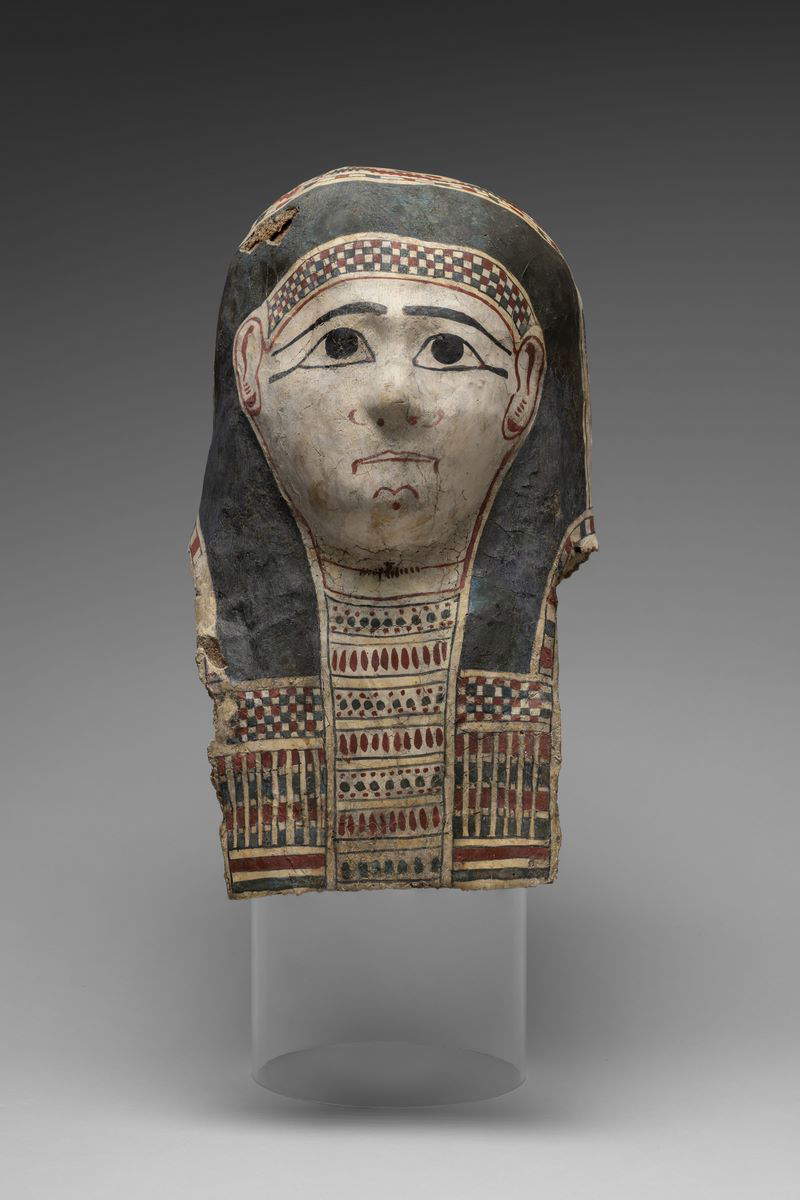
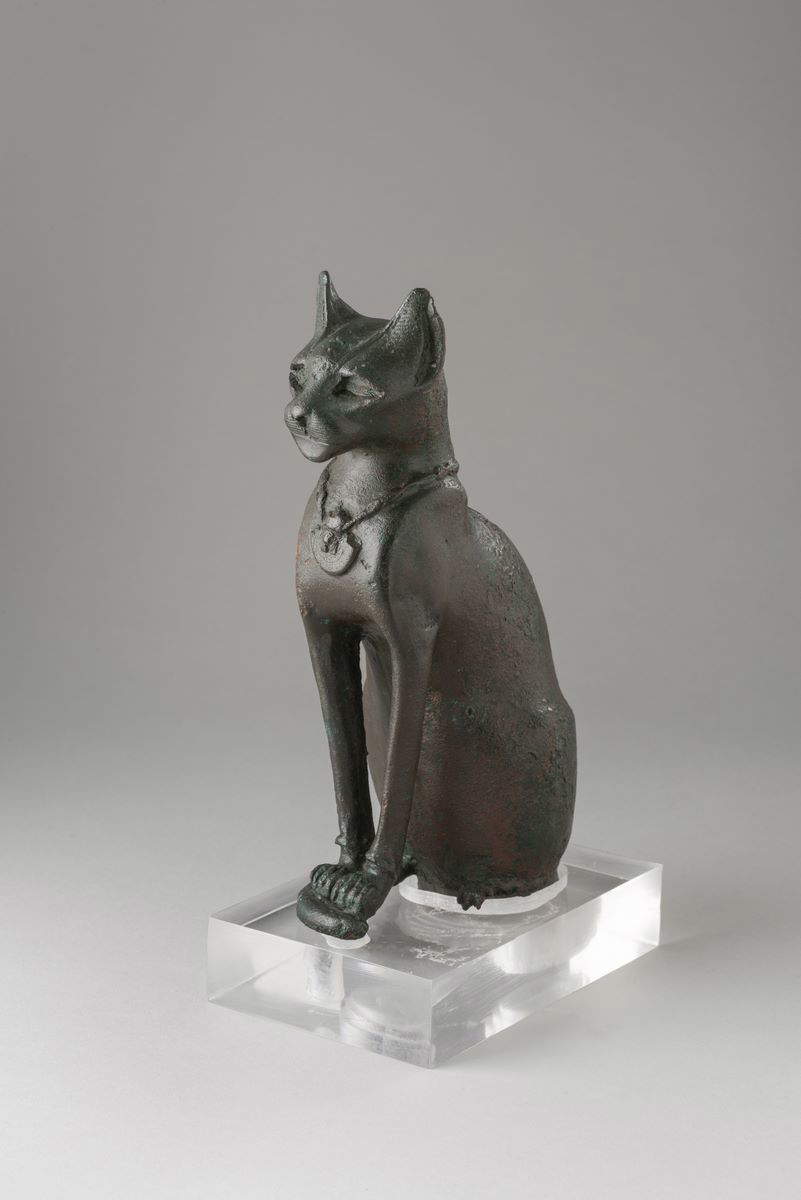
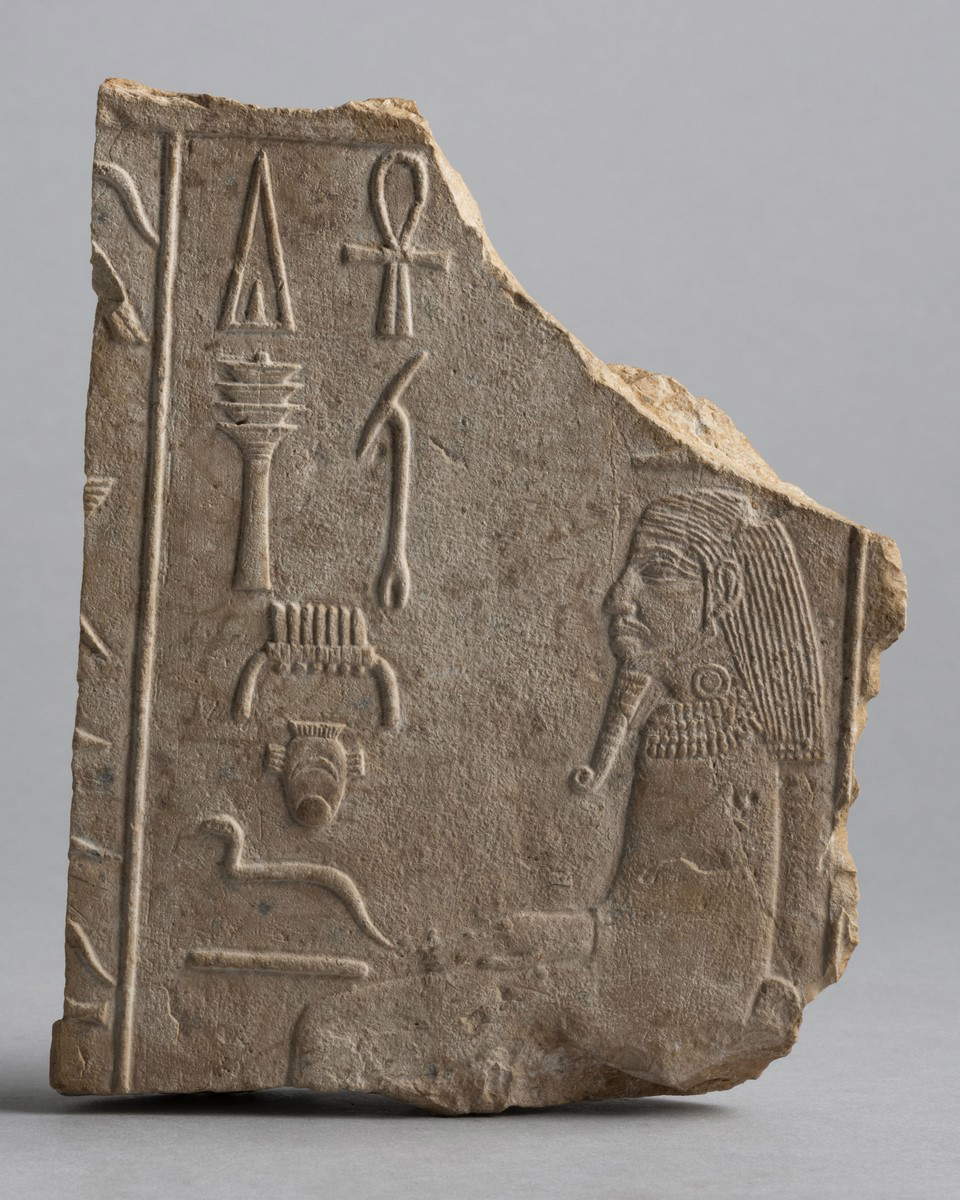
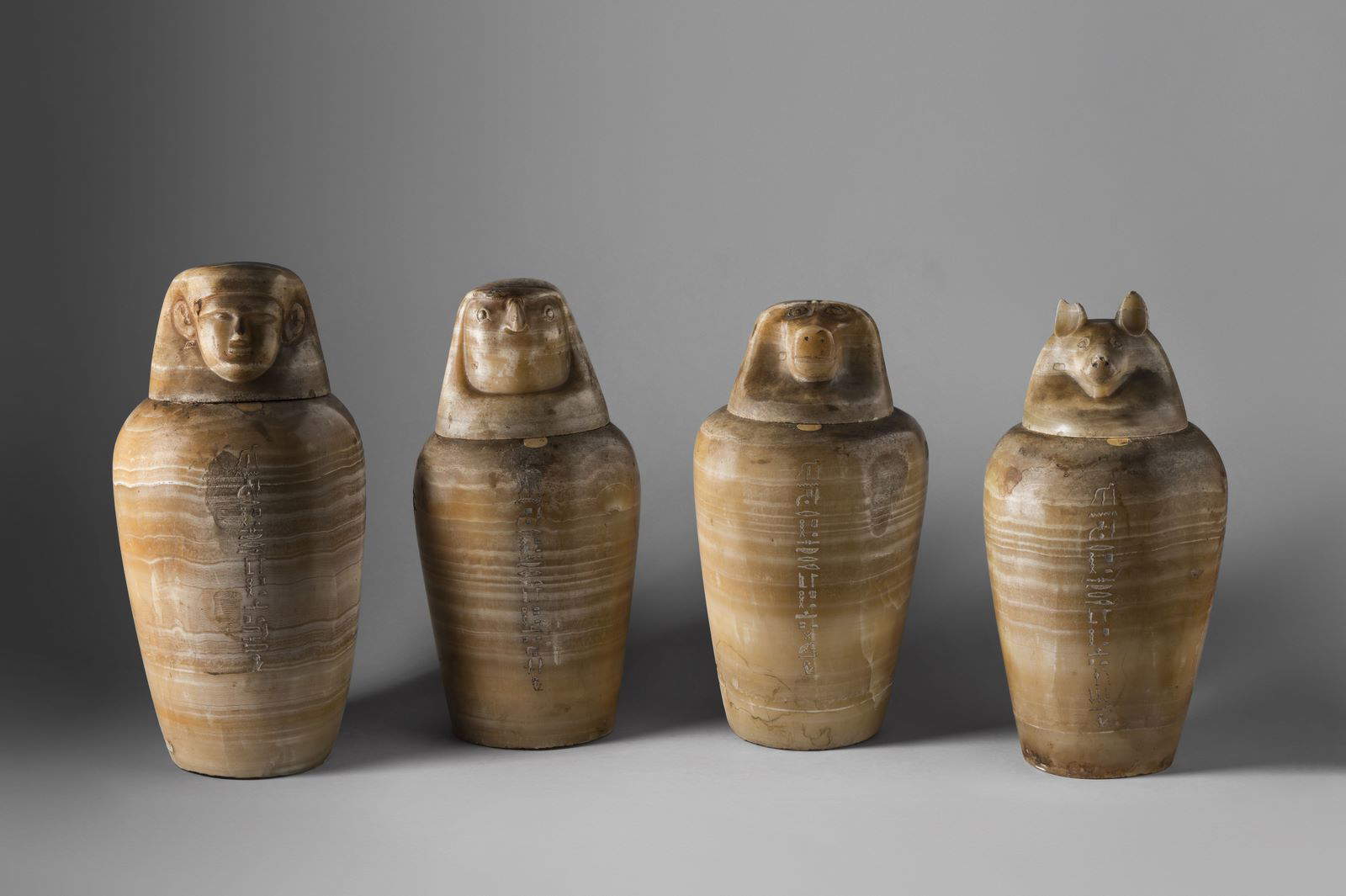
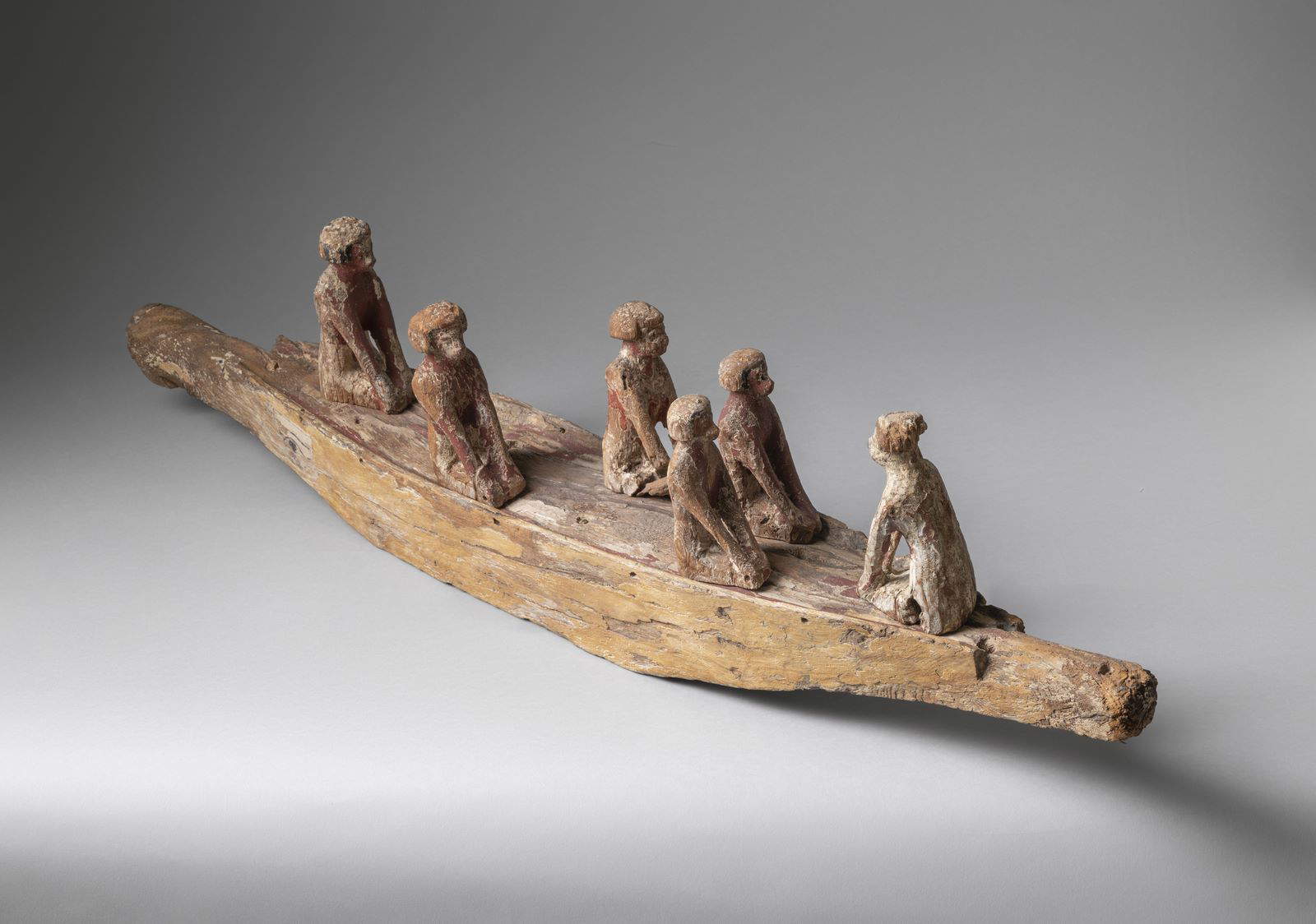
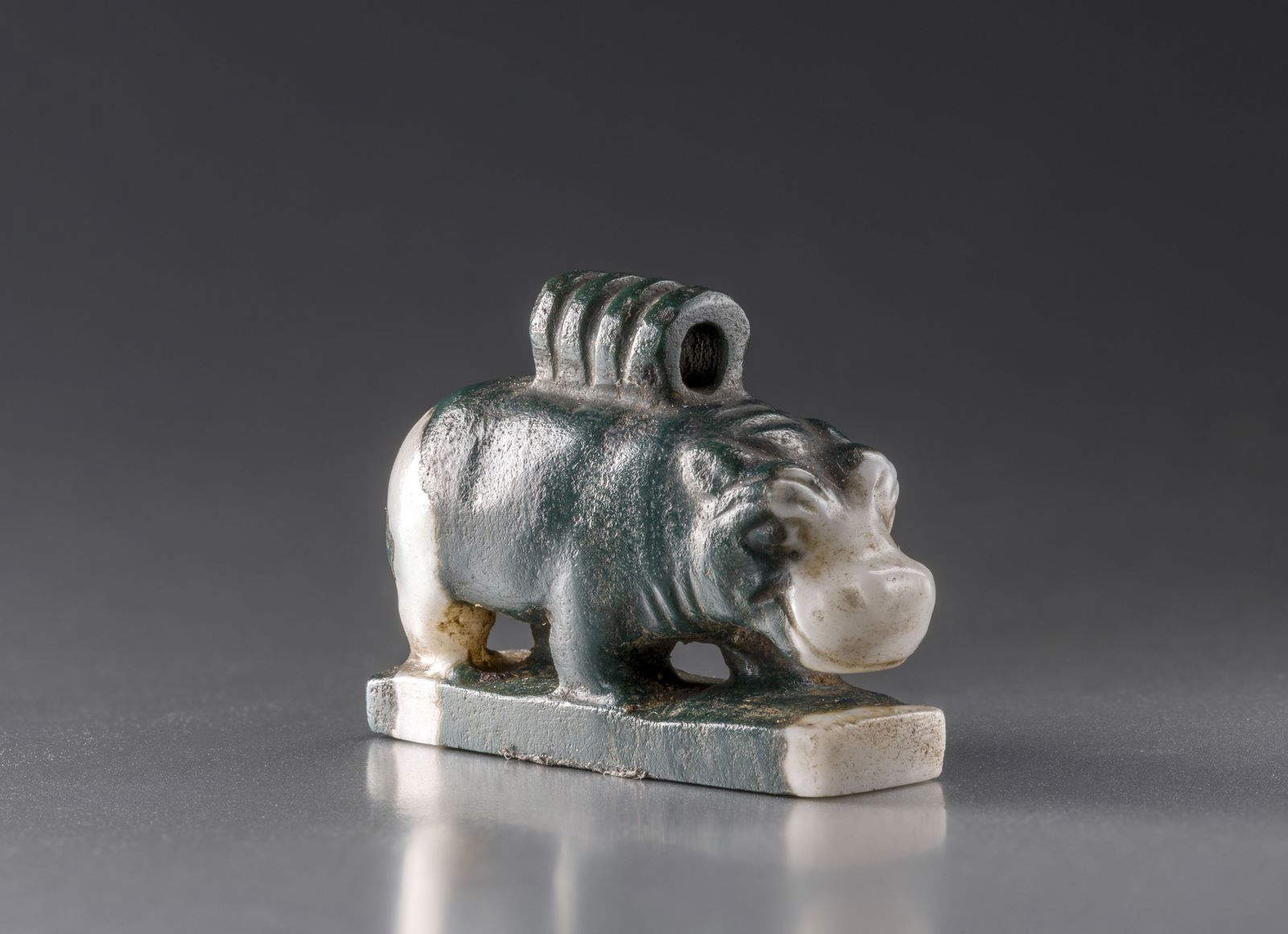
“The Municipality of Forte dei Marmi, for the first time in Tuscany,” says Mayor Bruno Murzi, "will host the exhibition The Egyptians and the Gifts of the Nile, curated by the Egyptian Museum of Turin, the first museum in Italy and the second in the world able to tell this wonderful millenary story. I would like to thank President Evelina Christillin and Director Christian Greco for the opportunity to let our citizens, guests, and also all students of all levels, whom we will invite, experience this unmissable archaeological and historical journey. It is, therefore, with proud satisfaction that we have made available the spaces of the Leopold I Fortress in the heart of the town, where it will be possible to see the exhibition with guided tours and other initiatives, capable of making our town, for a few months, a pulsating center of history and culture alongside an Italian museum, the glory and pride of the entire country."
“For the Villa Bertelli Foundation it is an honor, but also a great joy,” adds Villa Bertelli President Ermindo Tucci, “to present this prestigious exhibition, which has allowed us to collaborate with the Egyptian Museum of Turin, in the year of the bicentennial celebration of its establishment. Forte dei Marmi is a tourist destination, which although well-known in Italy and around the world, does not boast an ancient history, like the rest of our peninsula. However, it owes its name to the creation of the symbol of the town, the Fortino, which is a fortified structure built by Leopold I Grand Duke of Tuscany, grandfather of Leopold II, who financed, jointly with Charles X of France, the Franco-Tuscan expedition to Egypt in 1828, led by the great French Egyptologist Jean Francois Champollion and his young Italian colleague Ippolito Rosellini. A historical link, therefore, that is ideally reconnected on this occasion, and The Villa Bertelli Foundation proudly steps into this illustrious wake, to allow in the second millennium, access to an event that I am sure will remain a feather in our cultural and artistic history.”
“After its transformation in 2015, the Egyptian Museum,” say President Evelina Christillin and Director Christian Greco, “has opened to the world, constantly changed its exhibition offerings, studied new ways and recipes to tell not only the material culture, but also the hidden history of the artifacts and civilization of ancient Egypt, through research and new technologies. Now we are about to experience a new season of transformation, on the occasion of the Museum’s 200th anniversary. Celebrating them is not only an exercise in remembrance, but also means planning for the future with a keen eye also on reconstructing the landscape, nature and culture from which the objects we preserve and tell the public about come. Underlying this evolution is the idea of a museum as a laboratory of contemporaneity, attentive to the sharing of knowledge, in which history, archaeology and research, constitute not only a tool for preserving the past and memory, but also a kind of magnifying glass on today and on an archaeological heritage, which allows us to feel part of a single community. With this in mind, the collaboration with the City of Forte dei Marmi and Villa Bertelli was born precisely in the bicentennial year.”
For information: www.museoegizio.it, www.villabertelli.it.
 |
| Egyptian Museum moves to Versilia: Turin-based institute brings exhibition to Forte dei Marmi |
Warning: the translation into English of the original Italian article was created using automatic tools. We undertake to review all articles, but we do not guarantee the total absence of inaccuracies in the translation due to the program. You can find the original by clicking on the ITA button. If you find any mistake,please contact us.





























